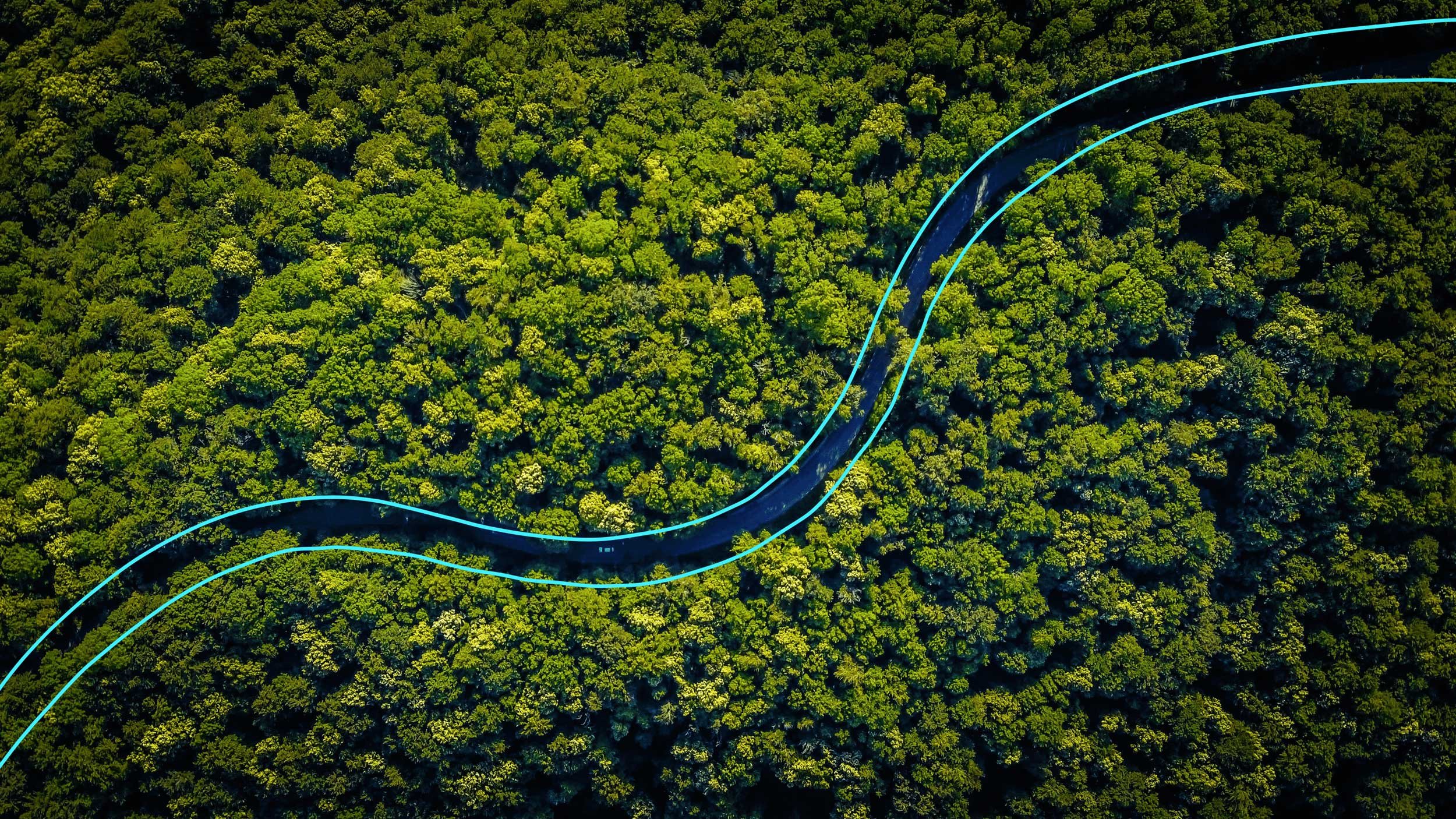
1
This Issue
Are the timberland assets that Stafford overseas sustainably managed? This is a common and important question when considering investing in the timberland asset class. For us this is a real and tangible consideration since all the investments we make on our clients’ behalf are in the rural landscape, intermixed with other land uses, neighbours, watersheds and wildlife. We also find that the motivation behind the question typically relates to some or all of the following:
The consistent flow of harvested wood over time, in balance with or below the rate of new growth;
Environmental impacts associated with operating a timberland investment;
Social impacts; and
Differentiation from real or perceived poor practices elsewhere.
In addition to these environmental and social considerations, we also see a number of commercial implications arising out of maintaining transparent, sustainable practices, including:
Market and brand differentiation;
Maintenance of market access to buyers with strong socially responsible investment (SRI) policies;
Premium prices in markets where buyers are willing to pay for higher standards of management; and
Risk mitigation against disruption from poor environmental and social practices.
To shed some light on how Stafford manages and monitors the sustainability of its timberland investments we first developed this Diary note in 2008 in conjunction with our first survey on the use of third party certification to independently verify environmental and social practices. This, our 6th revision, further refines ours views and presents an update on our latest survey.
We are pleased to report that the area of timberland into which Stafford entities are invested, and which are certified or in the process of becoming so, continues to be very high at 97%. The result provides us with significant confirmatory evidence that the policies and practices in use across our clients’ investments meet international best practice.
